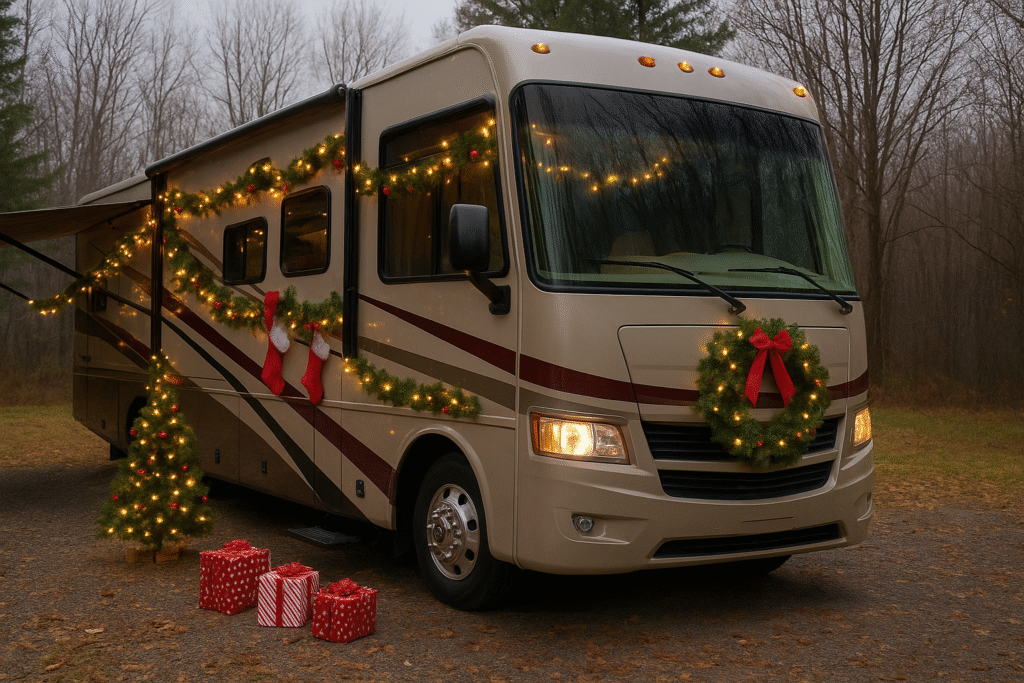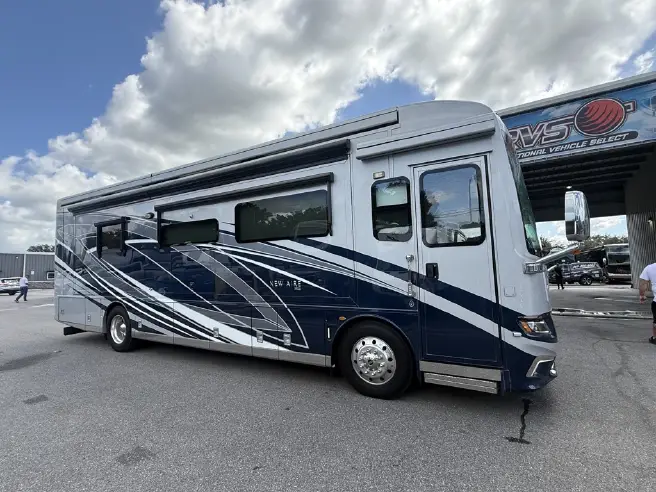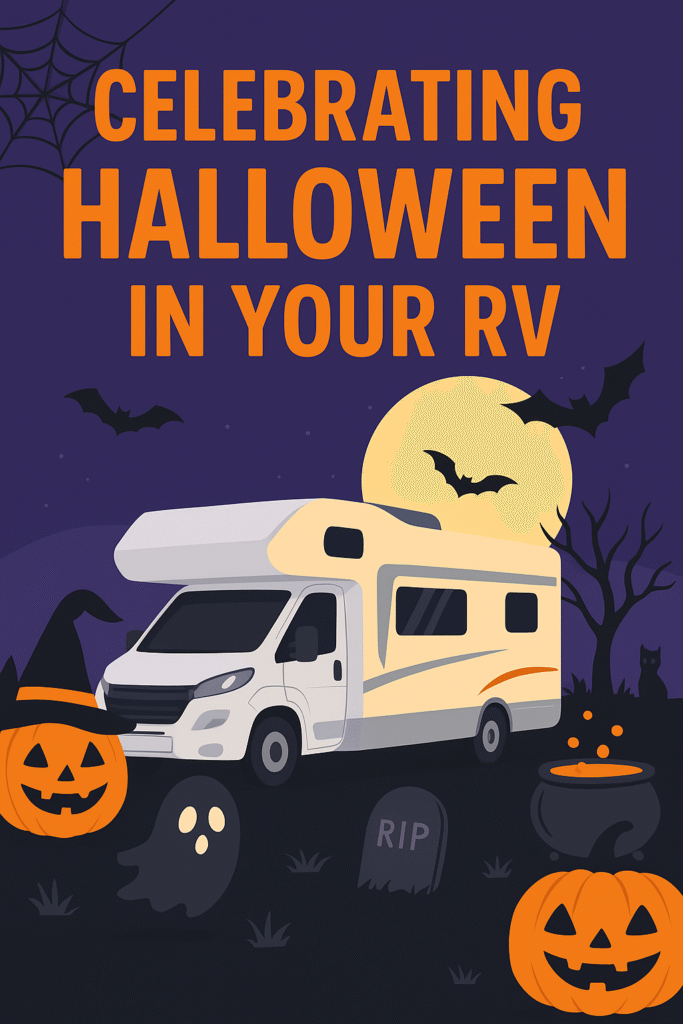Imagine you’re rolling along in your rig, minding your own business, until you come up to an overpass. You start to wonder, “Can my vehicle fit underneath?” If you have to ask yourself this question, you have some homework to do.
It’s important to know your rig’s clearance because while most overpasses on interstates and roadways in the United States have vertical clearances of about 14 to 16 feet, there are plenty of spots throughout the country in which clearances are a mere 10 feet or less. Your rig may be at least 10 feet in height or even taller!
So how do you determine how tall your rig is before you find yourself wedged under a too-short overpass?
- Start by getting on the roof of your vehicle and measure from the tallest item on the roof to the roof itself. Oftentimes, the air conditioner will be the tallest item, but don’t forget to include accessories or other pieces of equipment that may be situated higher on the roof than the AC unit.
- Next, measure from the roof of the vehicle down to the ground.
- Add these two measurements together.
- Add an additional six inches to that total. These extra inches will allow for any bouncing your rig may do while going under an overpass and, most importantly, give you added peace of mind.
Another option in determining your RV’s height clearance is to have a professional at a weigh station do the measuring for you. Whatever the height is, mark it on a label that you put somewhere on the dashboard or windshield so you’ll never have to worry about forgetting the exact clearance height of your vehicle.
In addition to keeping this measurement handy, there are a few other tips you can keep in mind to help you have a safe trip and avoid vertical clearance catastrophes. For example:
- Map your route out in advance, especially if you plan to take any scenic drives during your trip. Using a specialized GPS or mapping software with up-to-date clearance information would be ideal.
- Be aware of and read all road signs. Sometimes, you’ll be lucky enough to get a warning sign about a low-clearance bridge or overpass with enough time to find yourself an alternate route. However, there is no regulation or requirement for warning signs or even for marking the structure itself.
- Be prepared to take on all responsibility if you do hit an overpass or other structure that’s too low for your rig. Regardless of whether the clearance is marked or not, you as the driver will always be responsible for knowing if your vehicle can fit beneath the structure or not. You’ll be held responsible for any damage caused to other property, too, not just your RV.
- Know how to maneuver your rig, pull off to the side of the road, and back up from a structure that you believe is too low for your vehicle to clear.
- If you do decide to try and clear a too-close-for-comfort space, do so slowly and carefully, preferably with another person outside who can see whether or not you’ll actually make it through without hitting anything.
Finally, don’t forget to consider other structures that your RV might have to clear, such as gas station canopies, drive-through ports at banks and restaurants, and other covered spaces in commercial or residential areas.
Want to learn more about how to navigate your RV on the great open road? Contact us today!




